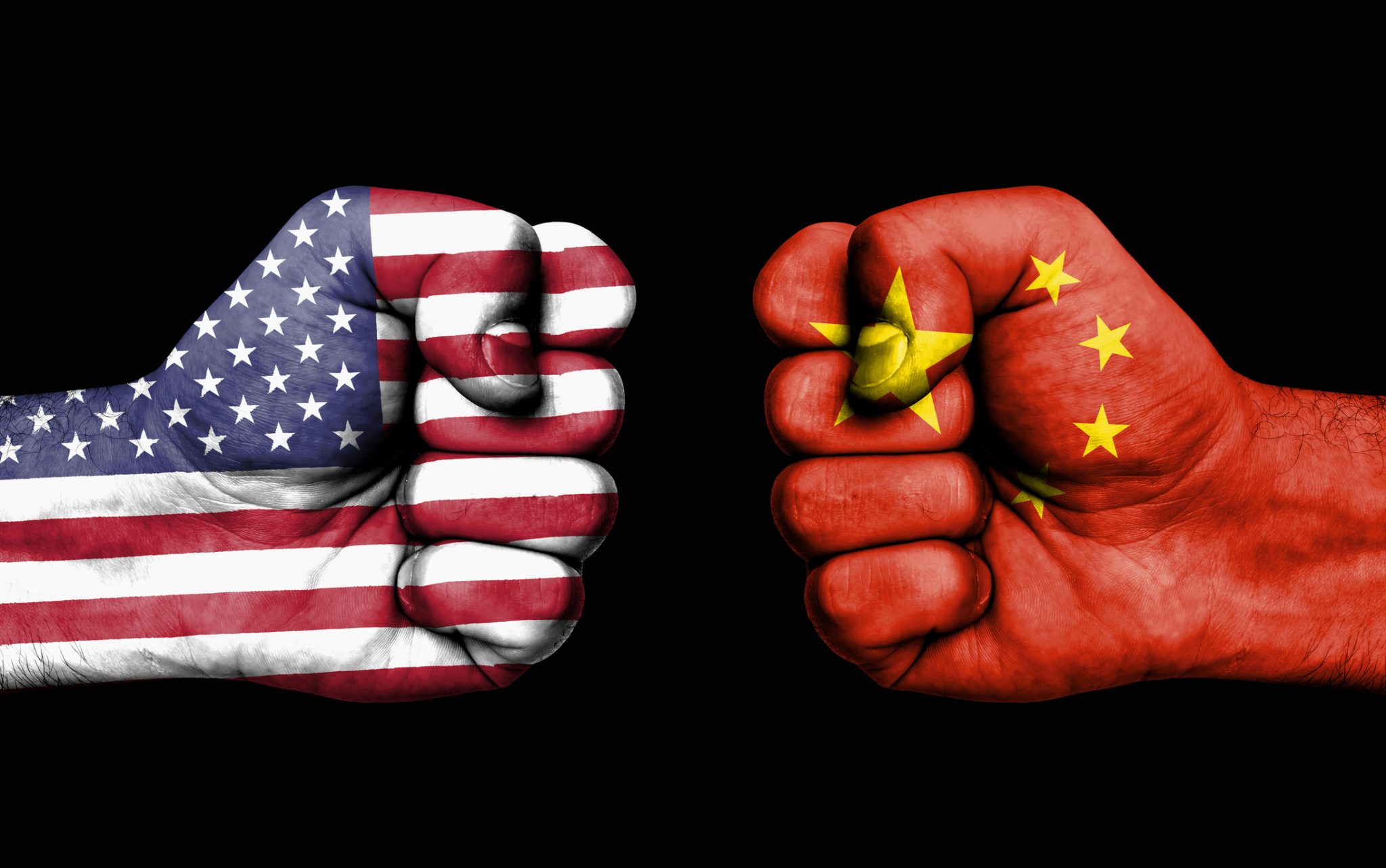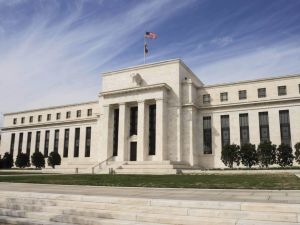US President Donald Trump has just slapped tariffs on $34 billion of Chinese imports, firing the loudest shot in recent trade tensions. As global powerhouses retaliate with force, this trade spat threatens to derail one of the longest periods of global economic growth in history.
In addition to the tariffs imposed on Chinese steel and aluminium imports, washing machines and solar panels earlier this year, Trump has put a 25% import tax on another 818 goods, including water boilers, electric cars and manufacturing robots.
Another $16 billion of goods are expected to follow the same fate over the next couple of weeks, with Trump threatening tariffs on up to $500 billion in his fight to protect US jobs and intellectual property. US imports of Chinese goods totalled $505.5 billion in 2017.
China immediately retaliated with its own set of tariffs, charging around 25% on an import list that includes soya beans, crude oil and seafood. The product list released covers around $50 billion of trade.
Chinese imports of US goods reached $130 billion in 2017, so it doesn’t hold much weight in a purely tariff driven fight, but that’s not all Beijing has up its sleeve. China could begin ad hoc regulatory probes of US companies by Chinese authorities, with US imports vulnerable tougher customs inspections.
And then there’s the consumer, a stealthy weapon in China’s arsenal during diplomatic disputes, most recently with South Korea. Last year, former model Yang Bingyang encouraged her followers to boycott Korean products after Seol’s decision to deploy a missile shield.
The result should give Trump food for thought. Hyundai’s market share in China fell by half in a month, according to Bloomberg, and local sales at Lotte Shopping slumped 84% from March to June; the chain is now closing its Chinese business.
How will economies react?
It’s too soon to say whether the measures taken so far will have a material impact on global growth. The economy has been enjoying one of its longest periods of economic expansion and global merchandise exports rose 11% to $17.2 trillion in 2017, according to the World Trade Organisation.
Whilst the current measures sound aggressive, these tensions alone are unlikely to put the global economy in an immediate chokehold.
Economists reckon that for every $100 billion of exports under tariffs, global trade is reduced by 0.5%, pulling GDP growth down by 0.1%. Figures from Reuters forecast China’s economic growth to be at 0.1-0.3% in 2018, with a 1% drag on export growth. The US is expected to come off better.
Businesses and consumers are taking notice, with companies cutting spending budgets due to uncertainty over trade policy, or even looking elsewhere to do business.
If businesses pass on a 10% tariff fully to consumers, for example, the global economy could enter stagflation, with 2.5% being wiped of corporate earnings globally, a model by Pictet Asset Management shows.
Despite volatility at the beginning of the year, equities are still close to historical highs, crucially supported by strong earnings seasons. Without this earnings pillar, the asset class could be vulnerable to a sell-off.
The more trade-oriented emerging markets are more exposed to trade tensions, although weakness in the Chinese equities market is exacerbated by domestic issues including credit growth.
It’s clear to see that no side is ready to back down at the moment, and these global heavyweights seem willing to take on some economic pain to try and win something that we at Moneyfarm don’t believe is winnable.
Are we in a trade war?
Whilst many media organisations decided to call the beginning of the trade war this week, it’s notoriously difficult to identify when you’re actually in one, with many experts saying that you only know for sure once it’s over.
To be able to identify a trade war, you need to know exactly where the line separating trade tensions and a trade war lies. Trump’s latest tariffs were pre-announced and the world knew China would retaliate, just as the EU and Canada are.
What made it a trade dispute before and a trade war today? Was it because Trump pulled the trigger, or was it China’s swift reaction?
After all, there is still the opportunity to avoid the painful global economic bruises a trade war could bring, although tensions are escalating with each round of tariffs and the possibility of damage to the global economy is increasing.





